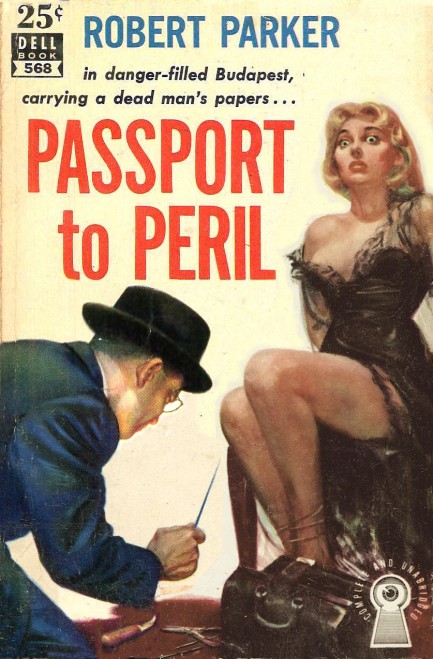| Vintage Pulp | Jan 3 2017 |

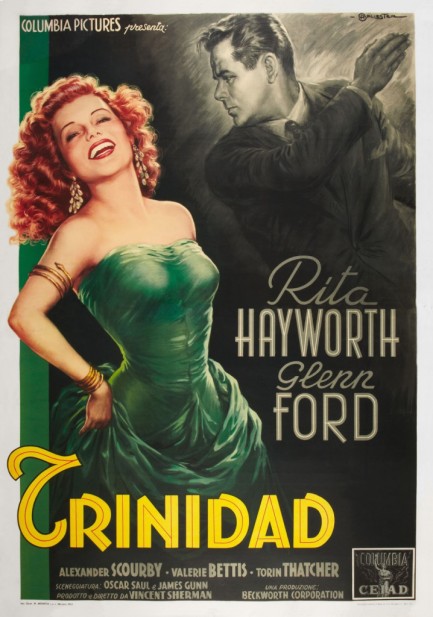
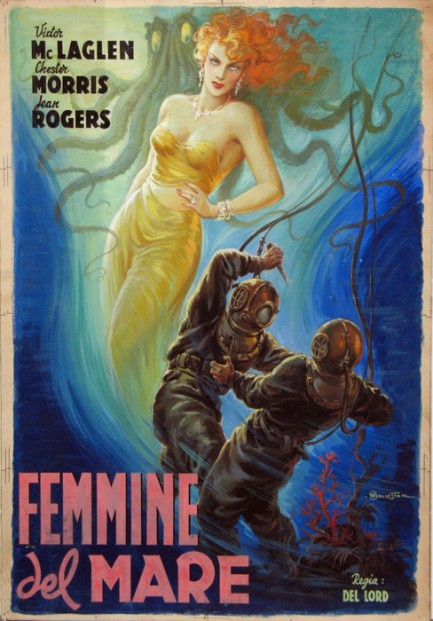
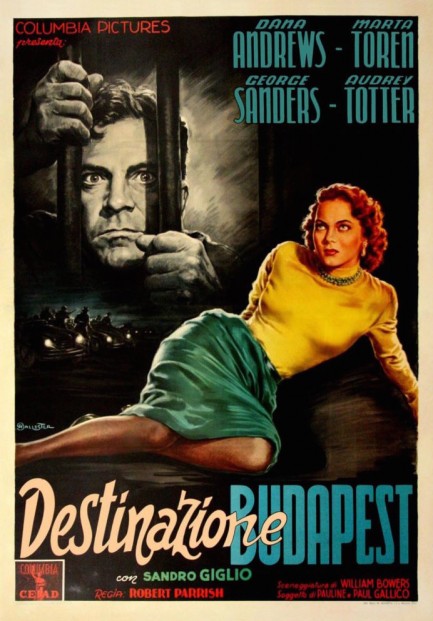
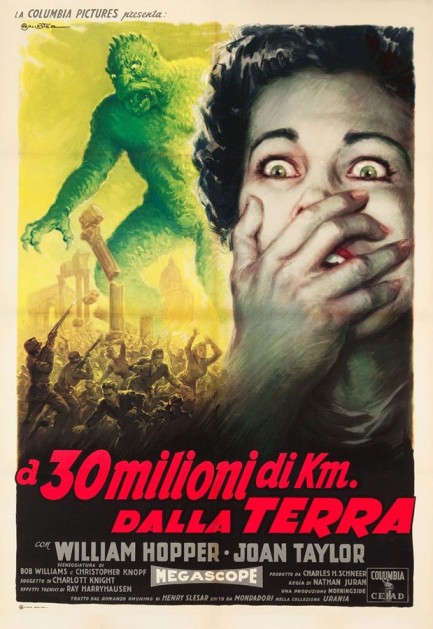
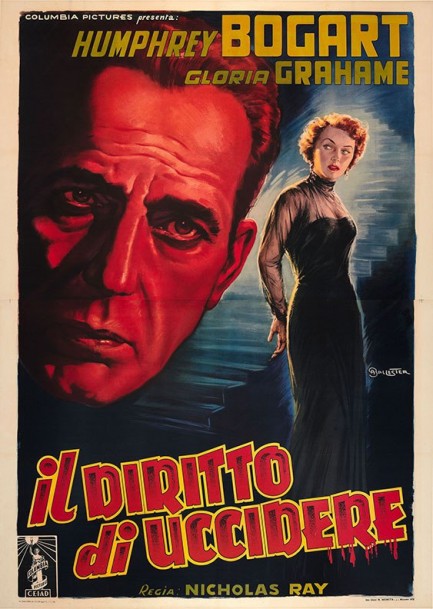
Anselmo Ballester is yet another virtuoso poster artist from Italy, where cinema promos were taken perhaps more seriously as art pieces than anyplace in the world. We've documented many of these Italian geniuses, including Mafé, Luigi Martinati, Sandro Symeoni, Mario de Berardinis, and others. Ballester, born in 1897, predated nearly all of his colleagues (only Martinati was born earlier) and enjoyed a fifty year career working for studios such as Cosmopolis, Titanus, Twentieth Century Fox, and RKO Radio Pictures. He also worked in commercial and political advertising. For the titles of the above works just check the keywords below. They're in top-to-bottom order in Italian and English.
| Vintage Pulp | Nov 17 2014 |

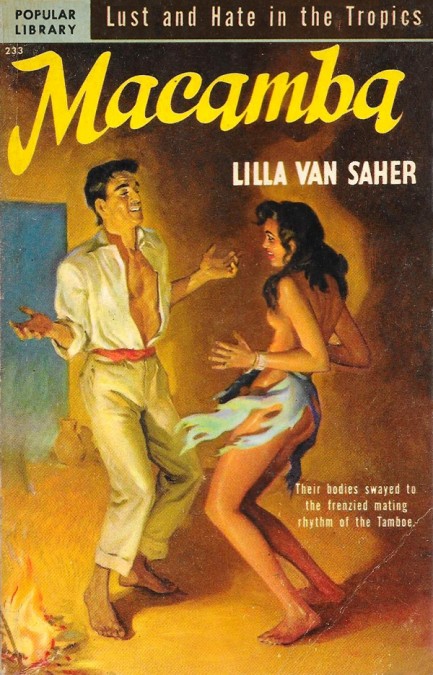
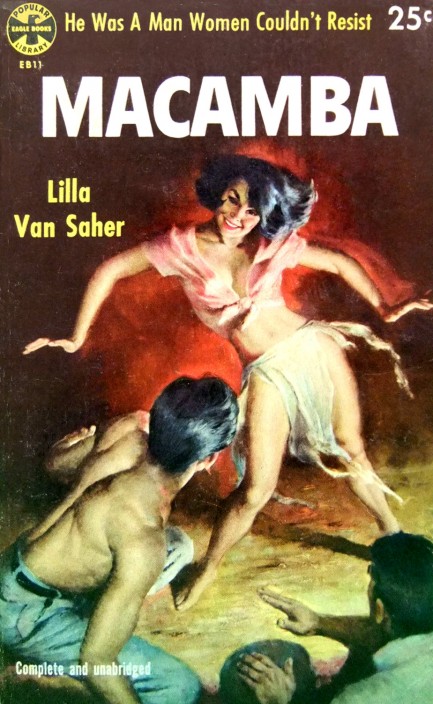
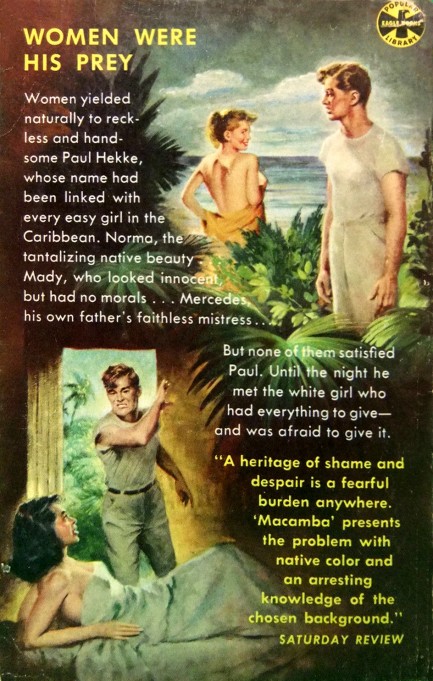
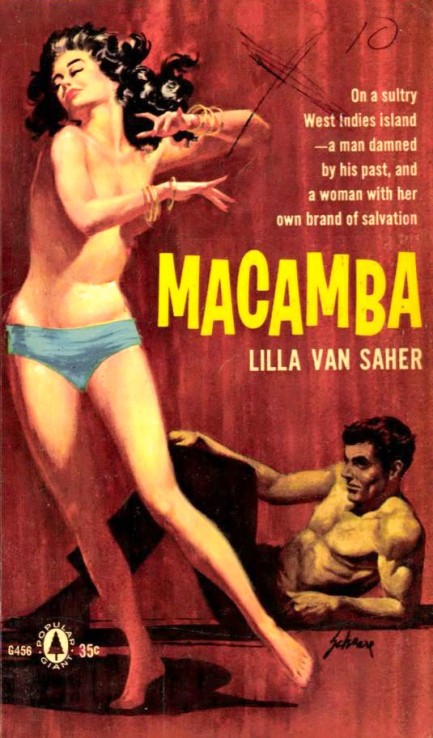
We’ve seen these paperback covers in different places around the internet and thought they’d make an interesting collective post showing the progression of their dance-themed covers. The first is from 1950 with art by Rudolph Belarski, the next is from an unknown who nonetheless painted a nice rear cover as well, and the last is from Harry Shaare. Macamba concerns a group of characters in Curaçao, and how one in particular struggles to deal with his biracial background as he grows to manhood. He first tries to become a witch doctor, then excels at conventional learning in university, and eventually ships off to World War II and becomes a hero. Returning home, he has many romances and seeks to find his place in the world. You may wonder if there’s any actual dancing in the book, and indeed there is—the main character watches a performance of the tamboe or tambú, a native dance and music that the Dutch colonizers of Curaçao had made illegal.
Lilla Van Saher captures certain aspects of indigenous culture in Curaçao, even sprinkling the dialogue with some Papiamento, but the book is not derived directly from her personal experiences. She was born Lilla Alexander in Budapest, lived an upper class life, modeled, acted in French fims, married a Dutch lawyer named 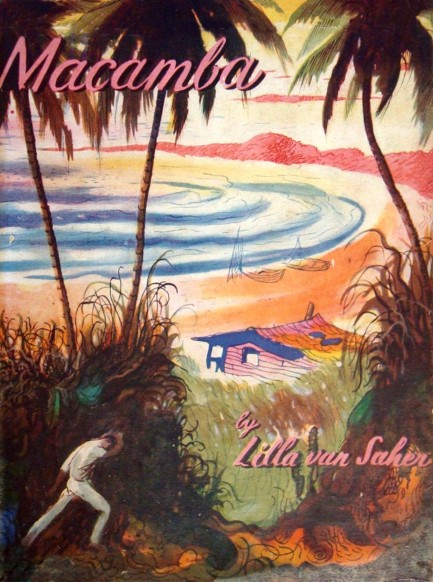 August Edward Van Saher, and through him was introduced to Dutch culture and its island possessions. During her first trip to Curaçao she claims to have been imprisoned by natives in a church because they thought she was a local saint.
August Edward Van Saher, and through him was introduced to Dutch culture and its island possessions. During her first trip to Curaçao she claims to have been imprisoned by natives in a church because they thought she was a local saint.
In private life, she was a close friend of Tennessee Williams, traveling with him aboard the S.S. Queen Federica in the early 1950s, entertaining him in New York City, and accompanying him during a press junket of Sweden, acting almost as an agent and introducing him to the upper crust of Stockholm, where she was well known. During this time she was Lilla van Saher-Riwkin, and often appears by that name in biographies of Williams as part of his retinue of admirers and associates, though not always in a flattering light. Later she did what many globetrotting dilletantes do—published a cookbook. Hers was called Exotic Cooking, which is as good a description of Macamba as we can imagine.
| Vintage Pulp | Sex Files | Jan 16 2012 |

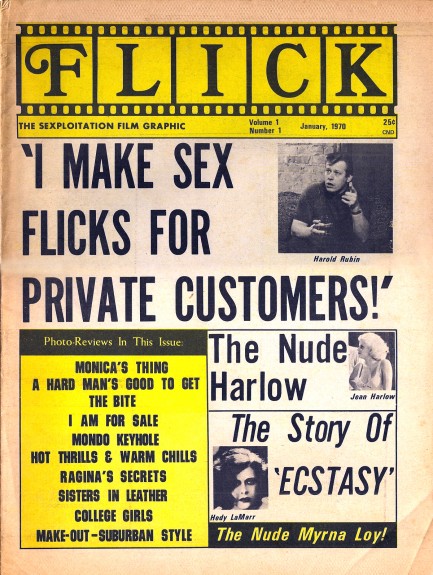
In our continuing search for rare magazines of high entertainment value (if sometimes dubious quality), we stumbled across the above gem—the first issue of the self-described sexploitation film graphic Flick. Published in the U.S. out of Libertyville, Illinois, it was basically just reviews of x-rated films in tabloid form. The publishers admit in their introductory editorial that the tabloid market is glutted, but insist America needs a magazine that helps porn consumers separate the wheat from the chaff. They do it with utter seriousness and, as a bonus, also throw in some musings on film history, with discussions of Rudolph Valentino, Douglas Fairbanks, Theda Bara, Jean Harlow, and Hedy Lamarr, who all had pre-Hays Code flirtations with screen nudity.
It might be difficult to imagine actors appearing nude on screen during the 1920s and 1930s, but the idea back then was that, because the medium was considered an art form, motion picture nudity was no different from nudity in sculpture, photography or painting. Theda Bara's and Jean Harlow’s screen nudity was merely implied, but Hedy Lamarr went all the way in her 1933 Czech-made romance Ekstase, aka Ecstasy, in which she ran starkers through the woods, giving audiences a gander at her backside and breasts. She was known at the time as Hedy Kiesler, but it’s her.
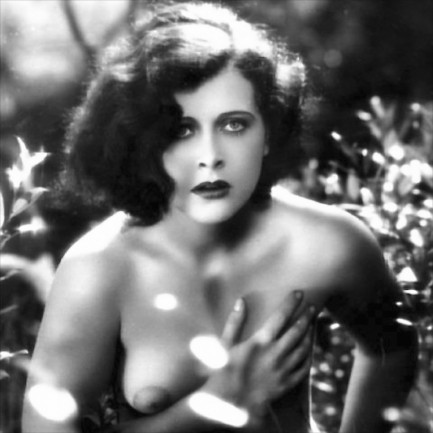 There’s also a non-nude love scene containing what some critics believe is the first cinematic depiction of an orgasm. As you can imagine, Ekstase was controversial. Only four-hundred prints were ever made, and most of those were butchered by censors. By the 1940s, the only complete copy known to exist was in Russia. It had first been Hungarian property and had been exhibited in Budapest in ’33, but because the Hungarians had fought alongside Nazi Germany and helped conquer swaths of Russian territory in the early 1940s, when the Russians reversed those gains and occupied Budapest in 1944, they sort of helped themselves to a few choice cultural treasures.
There’s also a non-nude love scene containing what some critics believe is the first cinematic depiction of an orgasm. As you can imagine, Ekstase was controversial. Only four-hundred prints were ever made, and most of those were butchered by censors. By the 1940s, the only complete copy known to exist was in Russia. It had first been Hungarian property and had been exhibited in Budapest in ’33, but because the Hungarians had fought alongside Nazi Germany and helped conquer swaths of Russian territory in the early 1940s, when the Russians reversed those gains and occupied Budapest in 1944, they sort of helped themselves to a few choice cultural treasures.
Elsewhere in this inaugural Flick you get reviews of the adult films A Hard Man’s Good To Get, Sisters in Leather, College Girls, and Jack Hill’s first full-length effort Mondo Keyhole. The editors remind readers that their magazine is a collector’s item. At the time—January 1970—they probably imagined it would be quite valuable in forty-one years. Well, we got it for $4.00. But just for the hell of it, maybe we’ll hang onto it for another forty-one years. You never know. By the way, if you’re curious, you can actually see that famous Hedy Lamarr nude scene here. It is not a complete version, though. We doubt a complete one exists. See ten scans from Flick below.
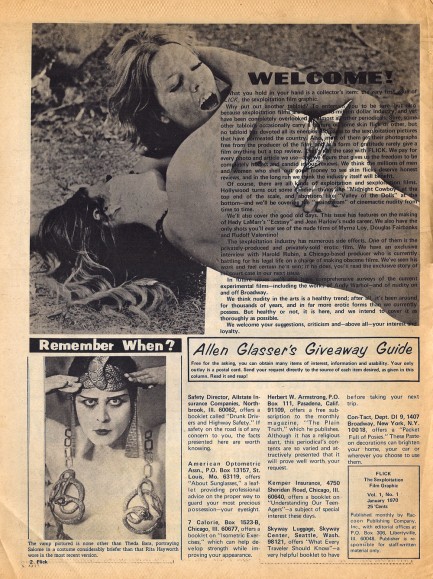
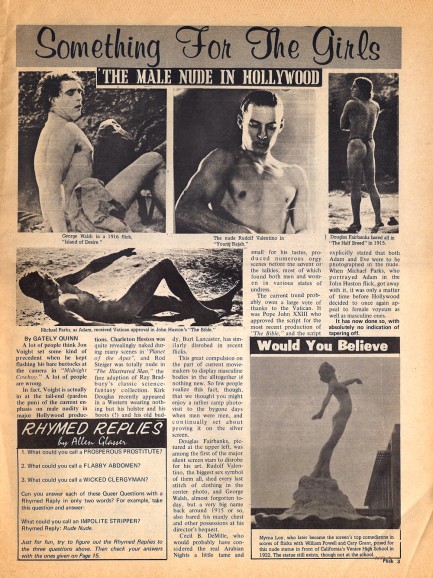
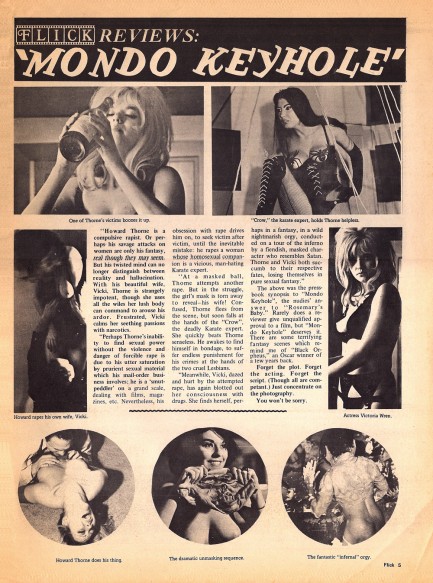
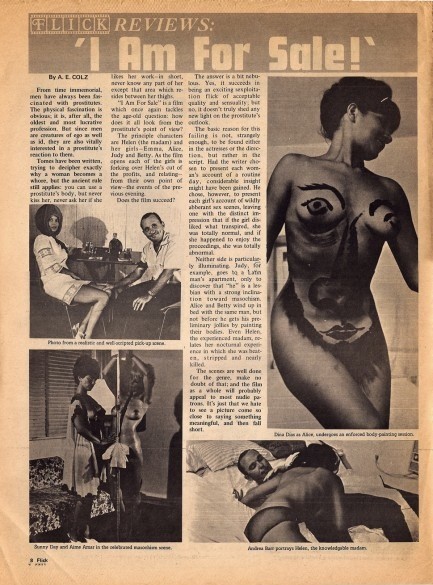
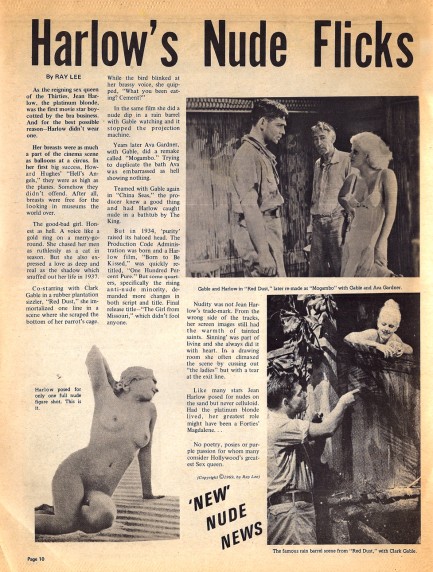
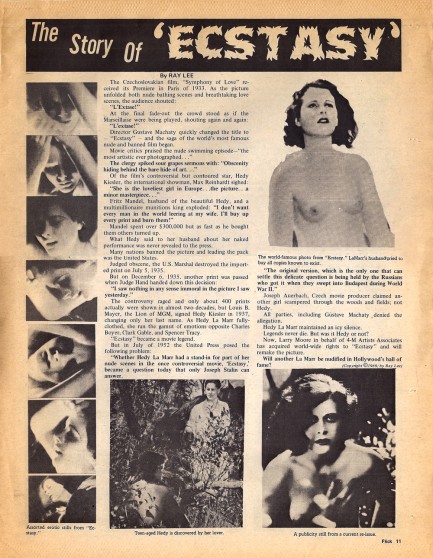
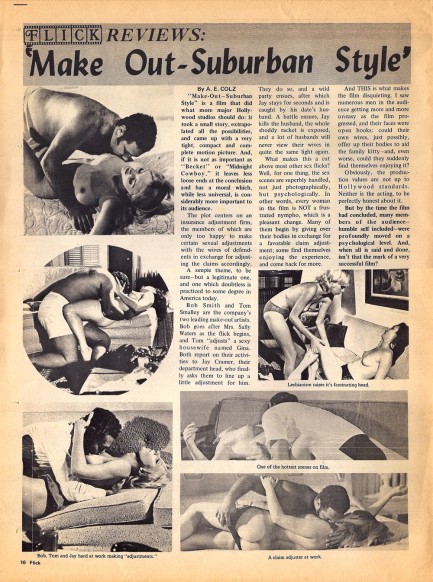
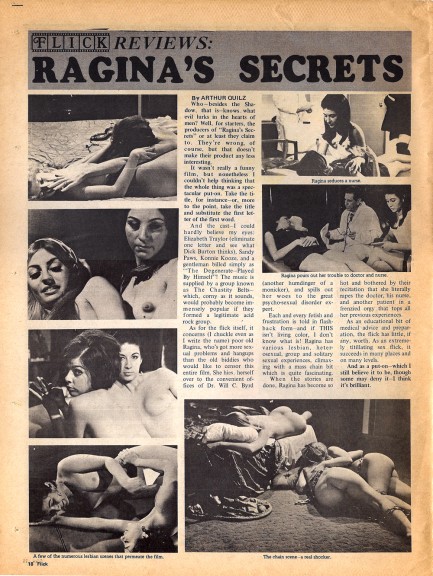
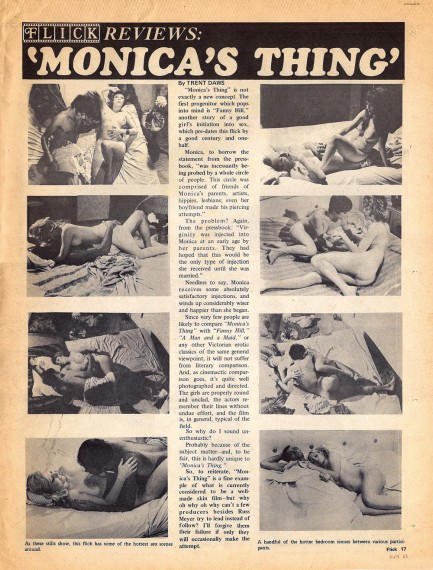
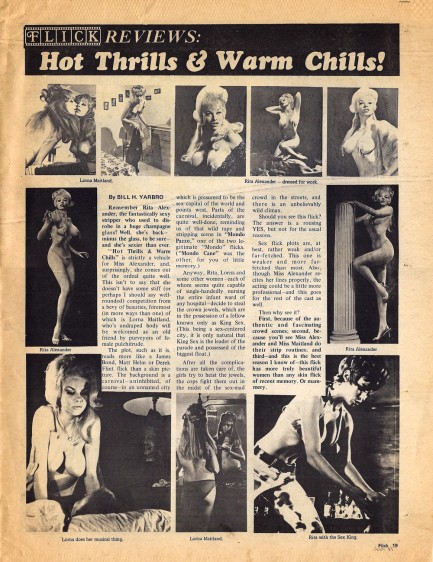
| Vintage Pulp | Nov 4 2009 |

